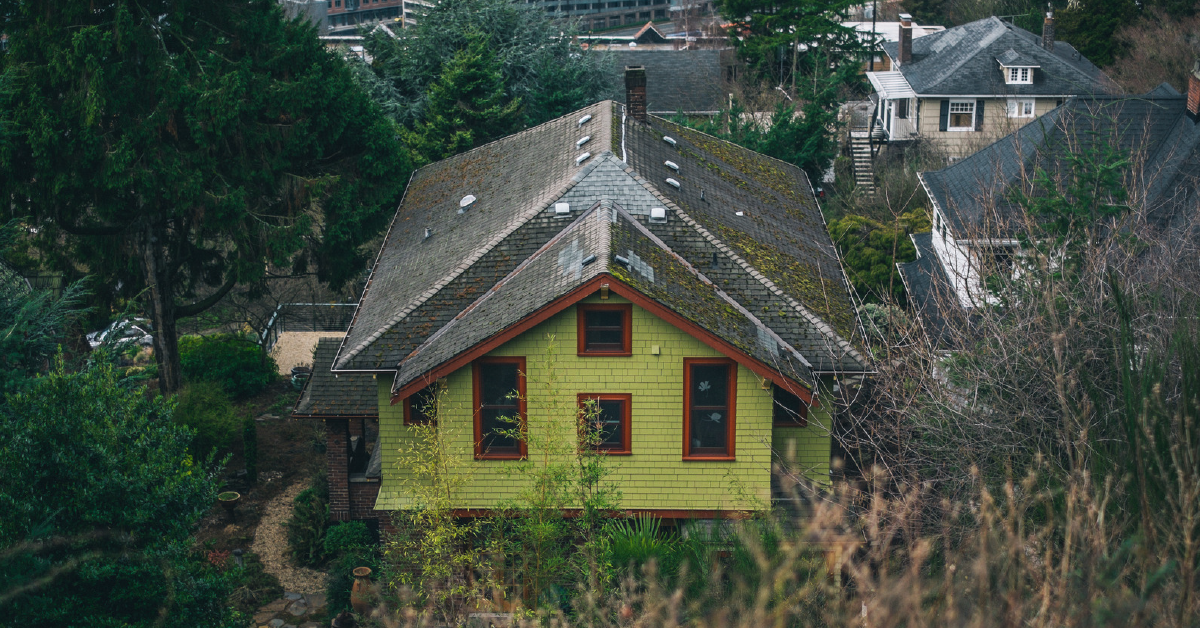Kind of a Big Deal: 3 Things You Need to Know About Home Insurance
By: Lindsey Boycott on March 3, 2015
Let’s face it. Home insurance is not sexy.
When you buy your first house, it’s like the first bloom of romance. You’re excited and emotional. You can’t stop thinking about your house; talking about your house; or being in your house. You spend endless hours flipping through home décor magazines and dreamily wandering the aisles of Bed, Bath & Beyond.
You want to know what you’re not thinking about? How close your house is to a fire hydrant. If you have thought about this question – and other questions like this – you have my kudos. For the rest of you, this is the article to read.
First, a personal anecdote:
When we bought our house, I was exactly in the place I just described above. I was giddy and full of plans for transforming my abode into a Better Homes and Gardens feature piece. There was little room in my head for anything beyond the bare necessities that were required to satisfy the bank that held our mortgage. Buying home insurance was more or less an afterthought.
The house was relatively new and our Home Inspector did what I thought was a fairly thorough assessment of our domicile-to-be. And it was, for a home inspection. Everything looked great and we bought the house.
Eighteen months later, we had water pouring in through our light fixtures in the main bedroom. As it turns out, we had holes in our roof and insurance wouldn’t cover it because the leaks were caused by “man-made error”. Unfortunately, we were stuck with a big bill for fixing something that didn’t really seem like our fault.
Nonetheless, we did fix all the damage and learned a lot about how our home insurance coverage works and I’m going to pass that on to you:
1. Know your policy
Lots of us end up buying home insurance without really considering what limitations there are to the coverage. We buy the coverage and go about our lives, confident that we are protected if things go wrong for us. But that’s not always the case.
Dr. Blair Feltmate, Chair for the Climate Change Adaptation Project Canada, reported in a 2013 interview that about 70% of Canadians believed they had overland flooding coverage as part of their home insurance policies. Since the heavy rains in Toronto and Calgary, there is better consumer awareness about these issues but there have been many things left out of the discussion.
For instance, the recent floods forced many insurance companies to reduce coverage and increase premiums for homeowners. TD Meloche Monnex reduced their coverage for sewer back-up from $50,000 to $15,000 and raised their premiums for many policy holders following these weather events. In addition, insurance companies have lots of different ways of classifying water damage and it’s important to at least have a working knowledge of how these things work. There are several considerations that factor into how coverage works in your specific situation. If you don’t understand your policy, phone your company and harass them into walking you through the coverage.
2. Be Wary of Older Homes
Did you find that perfect heritage home? Or are you buying in an older neighborhood with houses dating back to the 1950’s or older? These can be wonderful properties to buy, full of character and unique touches not often found in newer-built homes. But there can be some hidden challenges to ensuring you get the coverage you need for your house.
For instance, Vancouver, British Columbia, and its environs have many older and established communities that people buy in every day. While these are good purchases, there can be some considerations that come up when you’re buying home insurance for an older house. When you start looking to insure, you’ll be asked about a few things that might not have come up in your conversations with the seller:
• Underground oil storage tanks: Homes built prior to 1957 in the lower mainland relied on furnace oil to heat their homes. The introduction of natural gas changed the way people dealt with their utilities but the tanks often fell into disuse and were forgotten. Ask before you insure because removal of one of these relics can cost you thousands of dollars.
• Knob and Tube Wiring: This was a common way of wiring homes about fifty years ago and can be safely used as long as it’s been inspected by a qualified electrician. However, many insurance companies have begun refusing coverage to homes with knob and tube wiring. Those that do still provide coverage often charge higher premiums for this option.
3. Know that Home Inspections are No Guarantee
Home Inspectors are licensed* professionals that help you determine the physical condition of your home. The Inspector should walk through the home with you and identify any problem areas that will need addressing. According to the Canadian Association of Home & Property Association, Home Inspectors will inspect “readily accessible, visually observable” structural systems, exterior components, plumbing, electrical, roofing, heating, air conditioning, interior, insulation and ventilation.
Sounds reassuring, right? But sometimes mistakes are made and it can get expensive to pay for the damages. Many Home Inspector contracts stipulate they will only reimburse the cost of the home inspections if something was missed (Between $400 to $600). It ended up costing us $10,000 and the only recourse for seeking damages was the court system – even more expensive.
What should you do? Hire a Certified Electrician, Roofer, and/or a Licensed Contractor to inspect your new house in addition to the Home Inspector. It might cost you more money, but it will give you peace of mind when buying home insurance and save you thousands of dollars in the future.
*Rules and expectations for Home Inspectors vary by region, please refer to your own province’s guidelines for more specific information.


